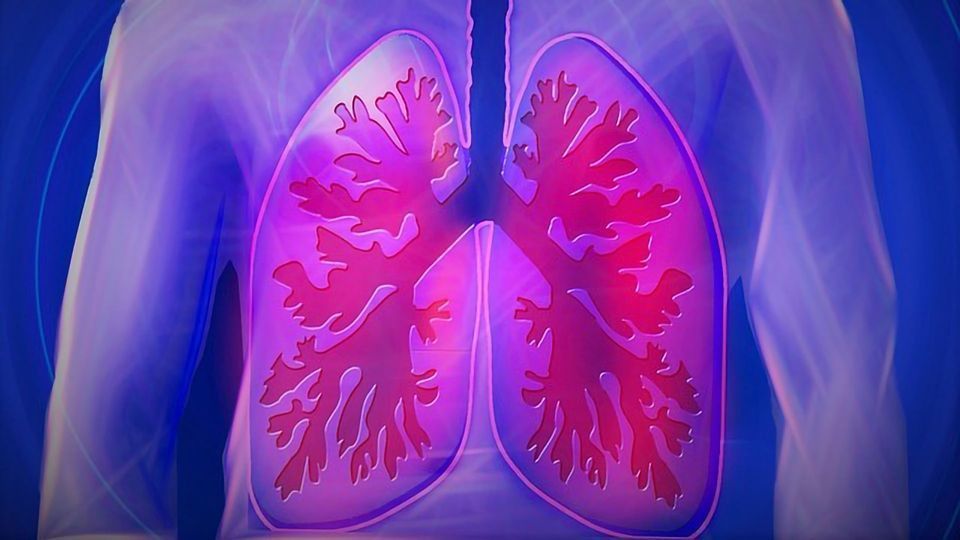Decoding TB's Nanomachines

Complete the form below to unlock access to ALL audio articles.
Researchers at the University of Würzburg and the Spanish Cancer Research Center have gained new insights into the causative agent of tuberculosis. Their work provides the basis for a new approach to antibiotic therapy.
Tuberculosis is a highly contagious infectious disease that is transmitted by the air and mainly affects the lungs. According to the World Health Organization (WHO), an estimated 1.7 million people die each year from such an infection. In addition, a quarter of the world's population carries a form of tuberculosis, which smolders for a long time in secret. It initially shows no symptoms, but can break out at a later date.
Nanomachines in the cell envelope
In one infection, the pathogen of tuberculosis, Mycobacterium tuberculosis , excretes a variety of specialized effector proteins via so-called type VII secretion systems. These small, protein-based nanomachines in the cell envelope ensure that the Mycobacterium, for example, can fight the immune system or ensure the absorption of nutrients to multiply in the host. The functioning of these central secretion systems has been poorly understood.
Scientists at the Julius-Maximilians-Universität Würzburg (JMU) and the Spanish Cancer Research Center CNIO (Centro Nacional de Investigaciones Oncológicas) have now succeeded in decoding the molecular structure of these nanomachines. Responsible for this work was Dr. med. Sebastian Geibel, who runs a research group funded by the Elite Network of Bavaria at the Institute of Molecular Infection Biology and at the same time is affiliated with the Rudolf Virchow Center of the JMU. In the current issue of the journal Nature , the scientists have published the results of their work.
Measurements at lowest temperatures
Sebastian Geibel's research group has worked intensively over the past five years to stably reconstitute one of these secretion machines and to prepare the sensitive sample for measurements on a cryo-electron microscope. For this purpose, the protein complexes must first be flash-frozen under defined conditions.
In collaboration with the Spanish working group headed by Oscar Llorca, who in Madrid generated a three-dimensional map of the protein complex in a complex procedure, the researchers from Würzburg were able to create a model of the molecular structure. It has been possible to identify important elements of the nanomachine that form the transport pores as well as to identify elements that convert chemical energy into motion, thereby driving the transport of effector proteins through the pore.
New approach to new drugs
The findings of the researchers lead to a deeper understanding of the functioning of Type VII secretion systems. Since there is currently no comprehensive vaccine against tuberculosis and at the same time more and more tuberculosis pathogens develop resistance to common antibiotics, the findings of the researchers provide the basis for the development of new drugs in antibiotic therapy.
Reference
Architecture of the mycobacterial type VII secretion system. Nikolaos Famelis, Angel Rivera-Calzada, Gianluca Degliesposti, Maria Wingender, Nicole Mietrach, J. Mark Skehel, Rafael Fernandez-Leiro, Bettina Böttcher, Andreas Schlosser, Oscar Llorca & Sebastian Geibel. Nature (2019), https://doi.org/10.1038/s41586-019-1633-1.
This article has been republished from the following materials. Note: material may have been edited for length and content. For further information, please contact the cited source.

